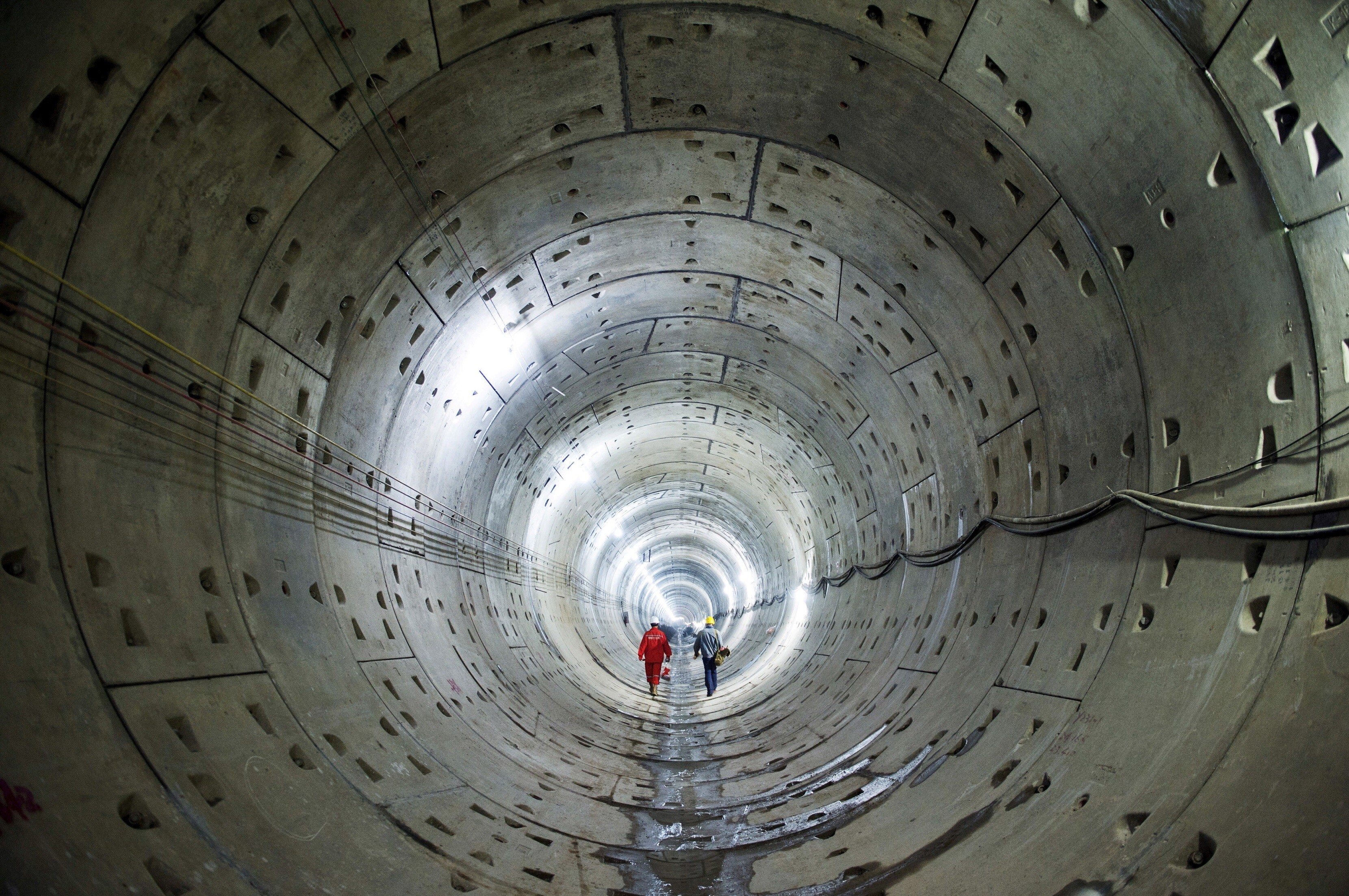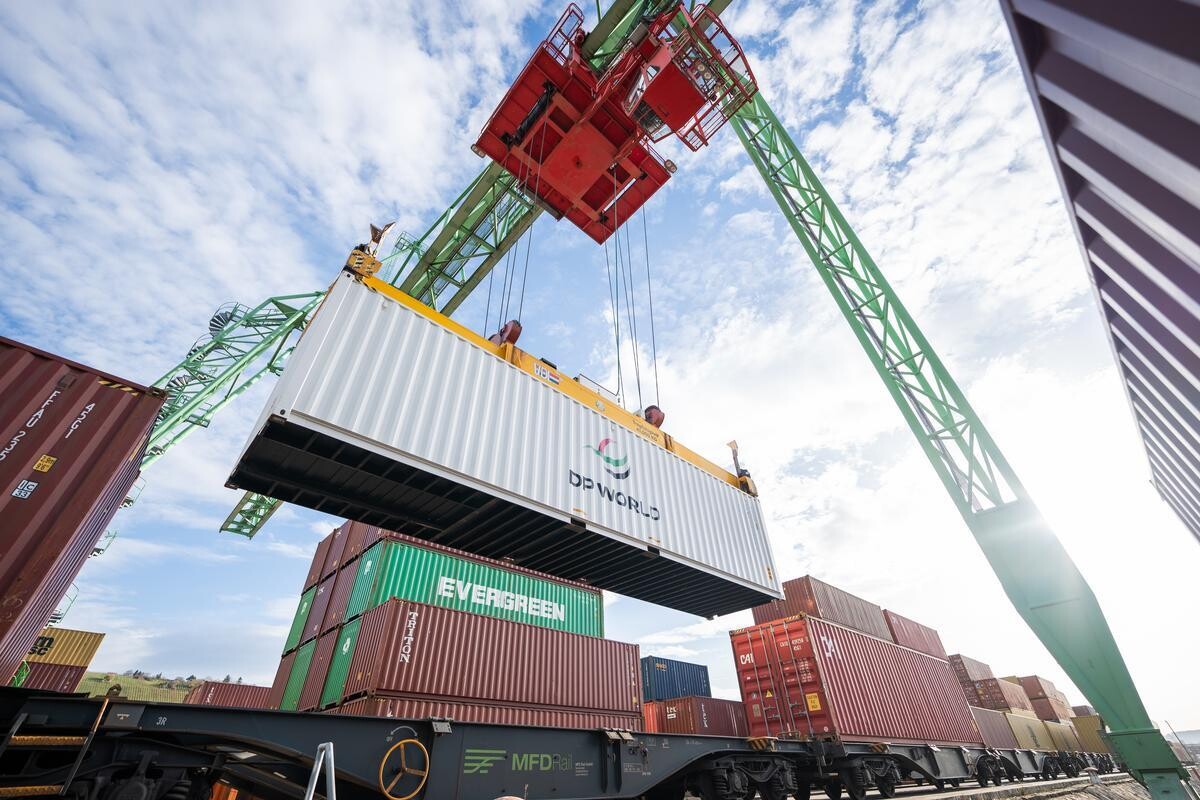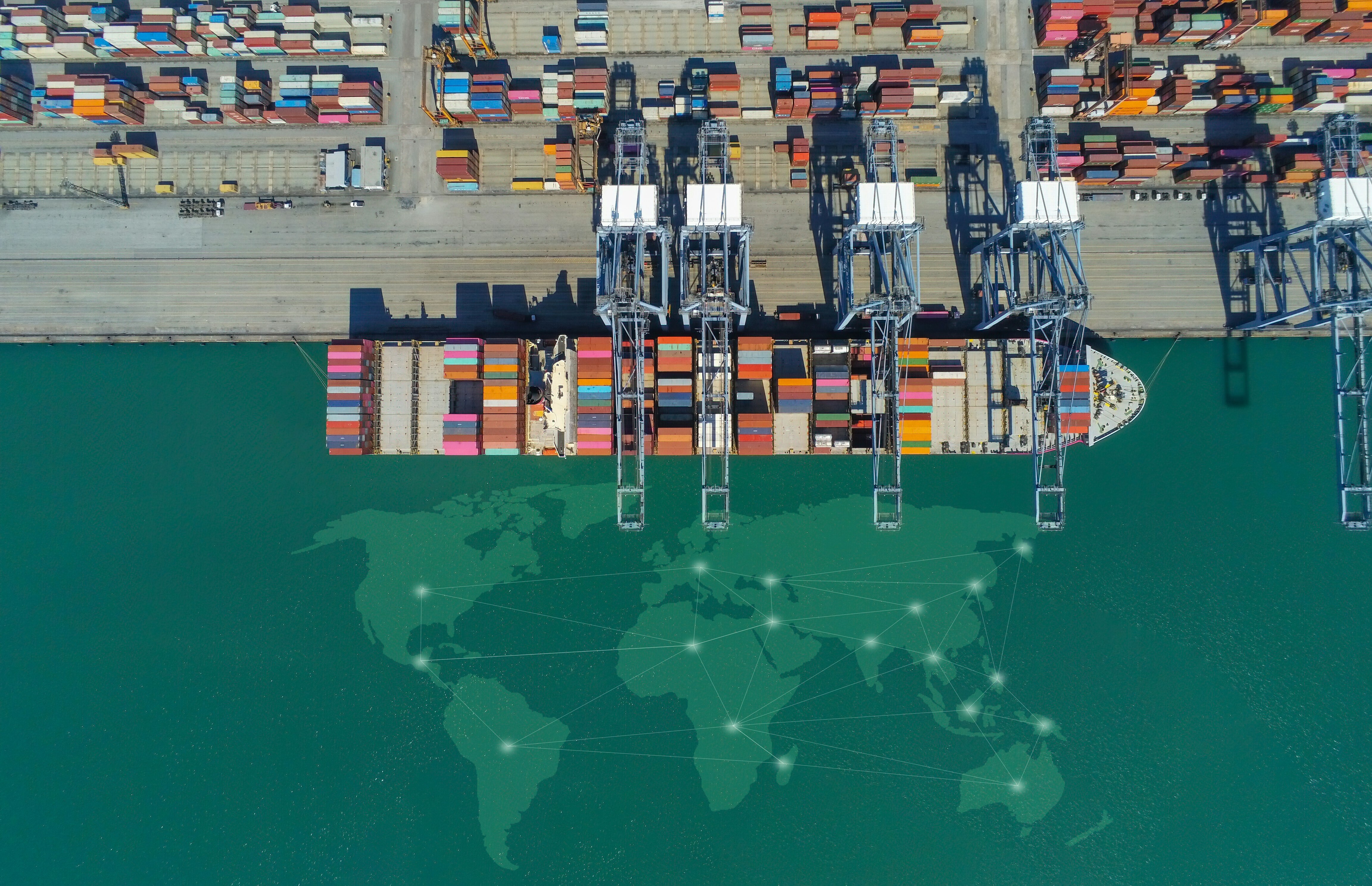6 charts that show how Japan’s economy stacks up as it enters a new era

Following the abdication of his father, Emperor Akihito, Emperor Naruhito has ascended to the throne. Image: REUTERS/Kimimasa Mayama
Japan has entered a new era: following the abdication of his father, Emperor Akihito, Emperor Naruhito has ascended to the throne.
He may have no political power under the Japanese constitution, but the new emperor’s ascension is a hugely important moment for the country as it moves into a new period in the imperial calendar – called Reiwa, or “beautiful harmony”.
The Oxford University-educated 59-year-old is Japan’s first post-war monarch and has already indicated his desire to address global environmental crises. At the World Water Forum in Brazil last year, he told reporters that solving water problems could lead to world peace.
In a speech congratulating the new emperor, Prime Minister Shinzo Abe summed up the country’s hopeful mood: “While the international situation is drastically changing, we are determined to create an era where Japan has a bright future, which is peaceful, full of hope and we can be proud of, and where people cultivate culture in harmony.”
So what is the new emperor inheriting?
1. A healthy people and infrastructure

Japan is the healthiest country in G20, topping the World Economic Forum’s Global Competitiveness Index with a perfect score of 100 for health. It has a healthy life expectancy of 73.2 years.
It also scores highly for both digital and physical infrastructure - placing 3rd and 5th respectively – and it comes second only to Switzerland for the efficiency of its train services.
Overall for global competitiveness, it ranked 5th in 2018 with a score of 82.5, up three places from 2017. The country could improve its institutions and skills, areas where the quality of its current and future workforce has an average score.
2. An innovation hub that could take more risks

Japan is already an innovation hub, ranking 6th in the Global Competitiveness Index, scoring highly for patent applications and R&D expenditure.
But the report warned it could do more to nurture the ‘softer’ drivers of innovation, including entrepreneurial culture, creativity and critical thinking, as well as growing its appetite for risk, to become a ‘super innovator’.
It said: “Many experts attribute Japan’s ‘lost decade’ partly to companies’ reluctance to be forward-looking and break away from the status quo. A more vibrant innovation ecosystem would allow these economies to more fully translate their research efforts into economic growth and increase long-term resilience to technological shocks.”
3. Green shoots of balancing gender inequality

Politician Satsuki Katayama made history when she became the first woman in modern history to witness the accession ceremony - the one silk kimono in a room of black tailcoats - which, due to tradition, not even the emperor’s wife was permitted to attend.
The minister of state for regional revitalisation and gender equality is the only woman in Japan’s government - and has her work cut out to push through Shinzo Abe’s ‘womenomics’ policies.
They involve getting more women into work to ease labour shortages and achieving a target of 30% of leadership positions being filled by women by 2020.
In the Forum’s Global Gender Gap Report 2018, Japan ranked 110 out of 149 countries for gender parity, but showed signs of improvement in the Economic Participation and Opportunity subindex and has almost closed its Educational Attainment gender gap for the first time.
4. An ageing population
Japan’s population is shrinking and ageing rapidly. It’s projected that, by 2040, Japan will have the highest proportion of older people in the world, with more than onethird of people aged over 65.
As the above chart from the World Bank shows, this is having an impact on the country’s workforce, with its age-dependency ratio at an all-time high in 2017 of 66.5%. This means for every 100 people of working age (15-64), there are almost 67 dependents (under 15 or over 64).
By encouraging more women into the workforce, Abe’s womenomics policies are designed to ease the impact of the ageing population.
5. An uncertain economic outlook

Under the prime minister’s policies of monetary easing, fiscal stimulus and structural reforms, collectively known as Abenomics, Japan is on track for its longest growth streak in the postwar era.
However, an increase in consumption tax due this October, combined with slowing global growth and economic uncertainty, mean this streak could soon come to an end.
6. Exemplary energy plans

As the global energy system undergoes an essential transformation, Japan scores highly for readiness among advanced economies, as the above chart from the Forum’s Fostering Effective Energy Transition 2019 report shows.
It still has a way to go to lower its emissions, but the report highlights its “sophisticated integrated energy planning processes” that offer lessons for developing nations.
With a new environmentally minded emperor at the helm, Japan’s future on the world stage looks generally greener, brighter and more equal.
Don't miss any update on this topic
Create a free account and access your personalized content collection with our latest publications and analyses.
License and Republishing
World Economic Forum articles may be republished in accordance with the Creative Commons Attribution-NonCommercial-NoDerivatives 4.0 International Public License, and in accordance with our Terms of Use.
The views expressed in this article are those of the author alone and not the World Economic Forum.
Stay up to date:
Japan
Related topics:
Forum Stories newsletter
Bringing you weekly curated insights and analysis on the global issues that matter.
More on Economic GrowthSee all
Andreas Wimmer
January 21, 2026






